What Are Blackholes?
Among these enigmatic entities, none captivate the imagination quite like what are black holes? These cosmic behemoths, born from the remnants of star
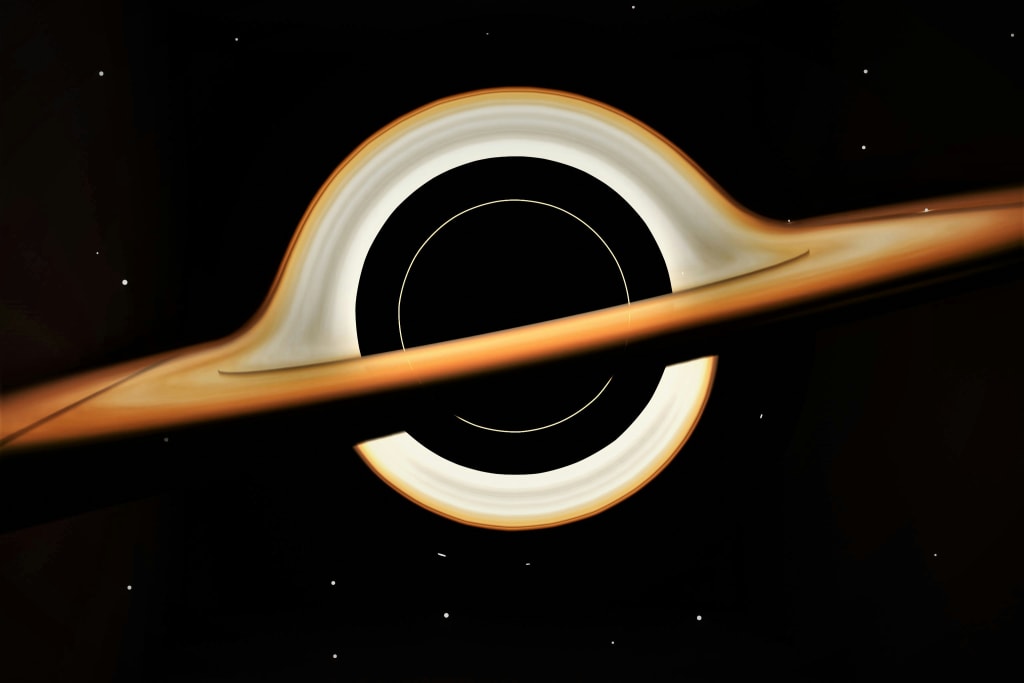
Among these enigmatic entities, none captivate the imagination quite like what are black holes?. These cosmic behemoths, born from the remnants of massive stars, wield gravitational forces so powerful that not even light can escape their grasp. But what exactly are black holes, and do they meet their demise.
What Are Blackholes?
At the heart of every black hole lies a singularity—a point of infinite density where the laws of physics, as we currently understand them, break down. Surrounding this singularity is the event horizon, the boundary beyond which no information or matter can escape. It is this defining feature that gives black holes their ominous reputation as cosmic devourers.
Black holes come in various sizes, ranging from stellar-mass black holes, formed from the collapse of massive stars, to supermassive black holes, lurking in the centers of galaxies and weighing millions to billions of times the mass of our sun. The formation of a black hole occurs when a massive star exhausts its nuclear fuel and undergoes a gravitational collapse, compressing its core into a singularity.
Types of Black Holes
1. Stellar-Mass Black Holes:
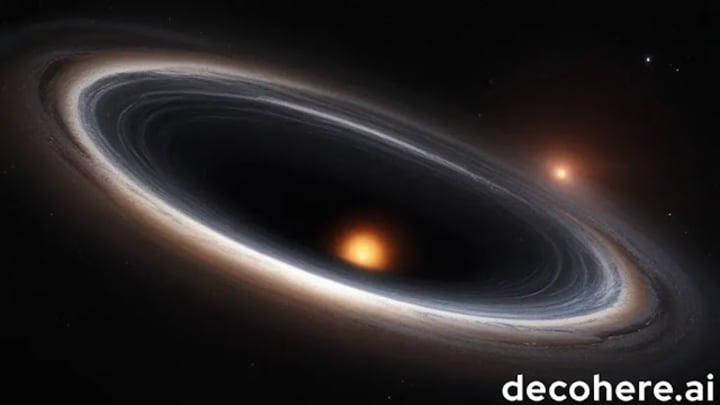
These black holes typically range from a few times the mass of the sun to several tens of solar masses. They form when massive stars undergo supernova explosions at the end of their lives, leaving behind a dense core that collapses into a black hole.
2. Intermediate-Mass Black Holes:

Intermediate-mass black holes occupy the middle ground between stellar-mass and supermassive black holes, with masses ranging from hundreds to thousands of solar masses. Their origins remain a subject of debate, with potential formation scenarios including the merger of smaller black holes or the direct collapse of massive gas clouds.
3. Supermassive Black Holes:
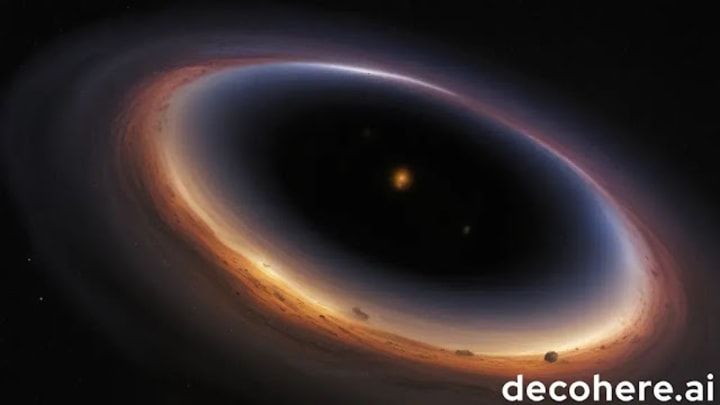
These cosmic giants, found at the centers of galaxies, govern the dynamics of their host galaxies through their immense gravitational influence. With masses millions to billions of times that of the sun, supermassive black holes are thought to grow through accretion of surrounding gas and by merging with other black holes over cosmic time.
The Fate of Black Holes: Do They Die?

The question of whether black holes die is a topic of intense speculation among astrophysicists?
According to classical physics, black holes are eternal—they persist indefinitely, consuming matter and growing in size but never truly disappearing. However, the introduction of quantum mechanics into the equation complicates this picture.
Hawking Radiation and Black Hole Evaporation
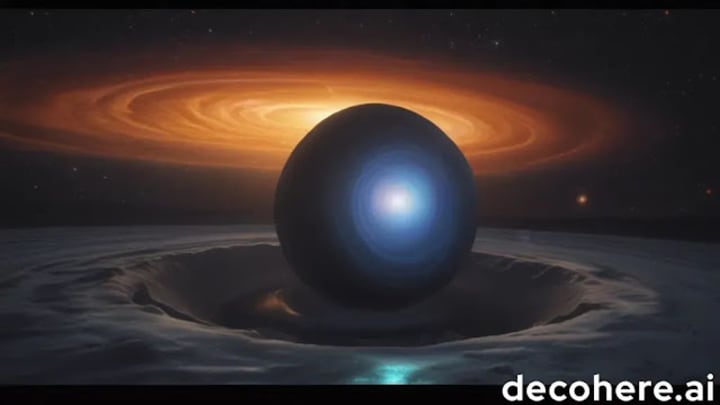
In 1974, physicist Stephen Hawking proposed a groundbreaking theory known as Hawking radiation. According to this theory, pairs of virtual particles constantly pop in and out of existence near the event horizon of a black hole. If one of these particles strays too close to the event horizon, it can be captured by the black hole while its counterpart escapes into space. Over time, this process leads to the gradual loss of mass by the black hole, known as black hole evaporation.
Hawking radiation suggests that black holes aren't truly eternal; instead, they slowly radiate away their mass and energy until they eventually evaporate completely. For stellar-mass black holes, this process would take an unimaginably long time—far longer than the current age of the universe. However, for smaller black holes, such as those formed during the early universe, the timescale for evaporation could be much shorter, potentially leading to their demise within the observable cosmos.
The Information Paradox
The milky way could contain over 100 million black holes While the concept of black hole evaporation offers a potential mechanism for the demise of these cosmic entities, it raises profound questions about the conservation of information in the universe. According to quantum mechanics, information cannot be destroyed; it can only be transformed or hidden from observation. Yet, if a black hole evaporates completely
what happens to the information encoded in the matter it consumed?
This conundrum, known as the black hole information paradox, remains one of the most perplexing puzzles in theoretical physics. Resolving it requires reconciling the principles of quantum mechanics with the classical theory of gravity—a task that has eluded scientists thus far.
A Window into the Unknown
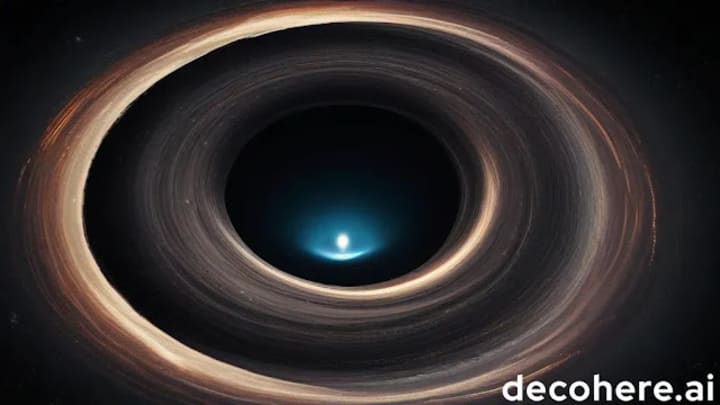
Black holes stand as monuments to the extremes of nature, testing the limits of our understanding of the cosmos. From their formation in the fiery deaths of massive stars to their potential demise through the mysterious process of Hawking radiation, black holes continue to fascinate and mystify astronomers and physicists alike.
what are the effects of blackholes on sombrero galaxy?
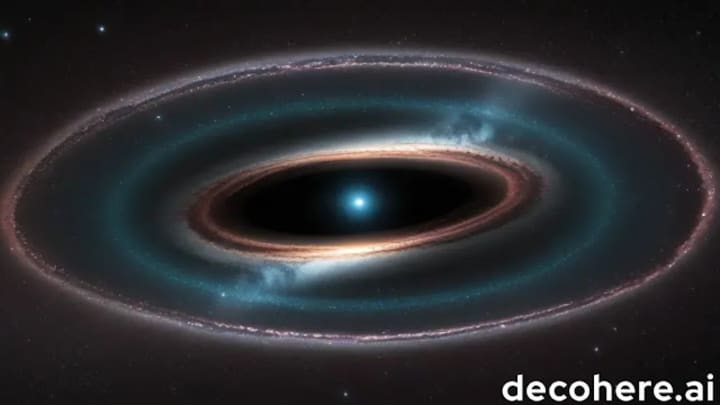
The Sombrero Galaxy (also known as Messier 104, M104, or NGC 4594) is indeed a fascinating object, but as far as we know, it doesn't have a black hole directly affecting it in a way that significantly alters its appearance or behavior.
However, black holes do play a crucial role in the formation and evolution of galaxies, including the Sombrero Galaxy. At the center of most galaxies, including our Milky Way, there's usually a supermassive black hole. These black holes have masses millions to billions of times that of the Sun. The presence of such a black hole can influence the dynamics of stars and gas in the galaxy, affecting its structure, star formation, and even its overall appearance to some extent.
In the case of the Sombrero Galaxy, its prominent dust lane and the bulge at its center could be influenced by the gravitational interactions within the galaxy, which may involve its central black hole. However, direct effects on its appearance, such as dramatic distortions or visible interactions, are not commonly associated with black holes in galaxies like the Sombrero.
So, while black holes are crucial for understanding the broader context of galactic evolution, their direct effects on the appearance of individual galaxies like the Sombrero may be more subtle and complex, involving factors like gas dynamics, star formation, and the interplay of various gravitational forces within the galaxy.
Role of Voyager1 in blackhole?
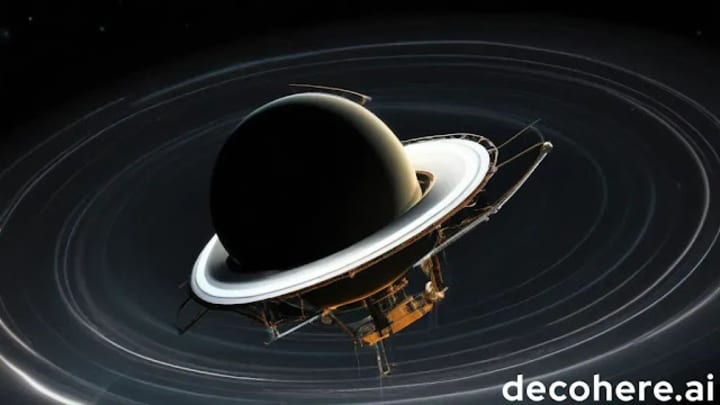
Voyager 1 has been venturing into interstellar space, its instruments are not designed to study black holes. Black holes are objects of intense interest for astronomers, Read more :
About the Creator
Galaxiesbuzz
Explore the vast wonders of the cosmos with our astronomy blog. Immerse yourself in captivating celestial discoveries, from distant galaxies to the mysteries of black holes. Stay updated on astronomical events, witness cosmic phenomena.
Enjoyed the story? Support the Creator.
Subscribe for free to receive all their stories in your feed. You could also pledge your support or give them a one-off tip, letting them know you appreciate their work.






Comments (1)
Thank you for the interesting and delicious content. Follow my story now.